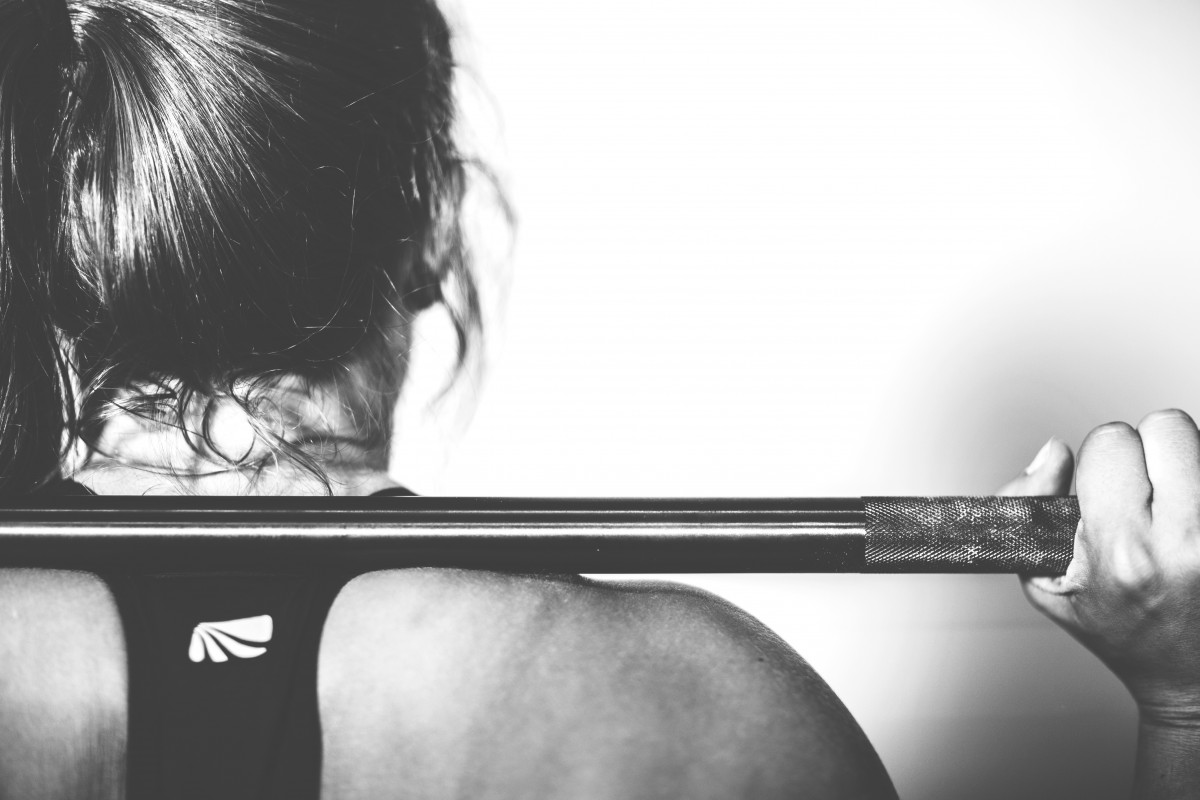Is there a best way to organize an athlete’s training? In other words, should we do plyometrics first because they involve speed and technique? Then, should we follow that with slower strength moves that don’t require the same level of nervous system demands? Or, should we flip that to fatigue the nervous system by doing the slow strength moves first and then requiring it to perform something explosive?
Kobal et al have a really fascinating study that seeks to answer these questions. The authors studied 27 under-20 elite soccer players for 8 weeks. Subjects performed soccer training as normal 5 days a week with one match per week. In addition, they performed strength/plyometric training twice per week consisting of back squats and drop jumps.
The subjects were divided into three groups:
- Group one did all the sets of squats and then did the drop jumps.
- Group two did all the sets of drop jumps and then the squats.
- Group three alternated between the two exercises on a set-by-set basis.
All three groups were periodized, training on squats ranged from 3x10x60% to 5x6x80% with two unloading weeks at the end. Similarly, plyometric volume went from 36 jumps per workout to 50 jumps per workout with two unloading weeks at the end.
Results:
- All three groups increased their performance on the measured variables after 8 weeks of training.
- Back squat improved by 46-53%, with no significant differences between groups.
- Countermovement jump height increased by 13-15%, with no significant differences between groups.
This is a really interesting study to me. The fact that all three groups essentially got the same performance improvement on strength and power regardless of how the plyometrics and squats were mixed up has some implications for training. When it comes to the three approaches, there may not be a “best.” This frees up the strength and conditioning coach to use any of the three approaches depending upon time and equipment availability. For example, if the squat racks are taken then athletes can start on plyos. If the plyo area is taken, then athletes can start on the squats. If both are open, then both can be done in an alternating fashion.
This also allows for the programming approach to change as the athlete progresses through the season. For example, if we are in season then maybe we alternate between the strength and plyo exercises. But if we are in a strength phase, then maybe the strength exercise is done first. Ditto for a power phase and the plyometric exercises.
Now, the authors also evaluated the 10- and 20-meter sprints as well as for agility. The squat first group made a 6-7% decrease on the sprints (i.e. got slower on the sprints) while the other two groups basically had no change on the sprints. No group improved on the agility test, which makes sense since it wasn’t trained in the study. This might suggest that if we are focusing on speed, a more mixed training strategy might be important – but we just don’t have enough information from this data to make a conclusion like that.
I like this study, it’s got a high-level group of athletes. The athletes are training for their sport and competing, so it gives you an insight into real-world athletic conditions. This makes the results more applicable than many studies that I see. The only challenge is that the strength training is a fraction of what many strength and conditioning coaches use (one strength exercise and one plyo exercise). It would be interesting to see if the results hold with an Olympic lift, a hip hinge, a press, and a row thrown into the training session along with commiserate plyometrics.
Kobal, R., Loturco, I., Barroso, R., Gil, S., Cuniyoch, R., Ugrinowitsch, C., Roschel, H., and Tricoli, V. (2017). Effects of different combinations of strength, power, and plyometric training on the physical performance of elite young soccer players. Journal of Strength and Conditioning Research, 31(6), 1468-1476.


